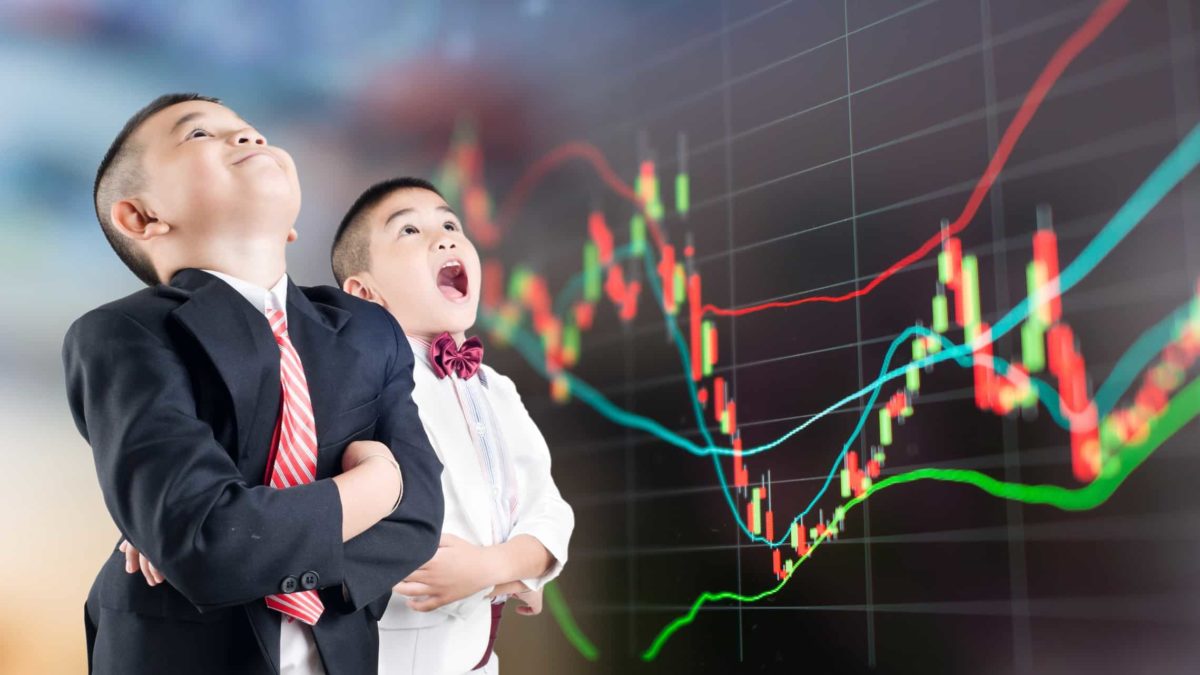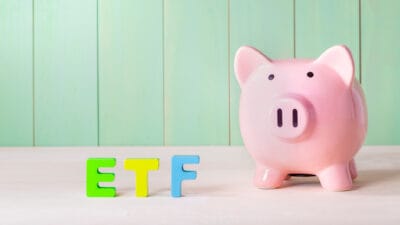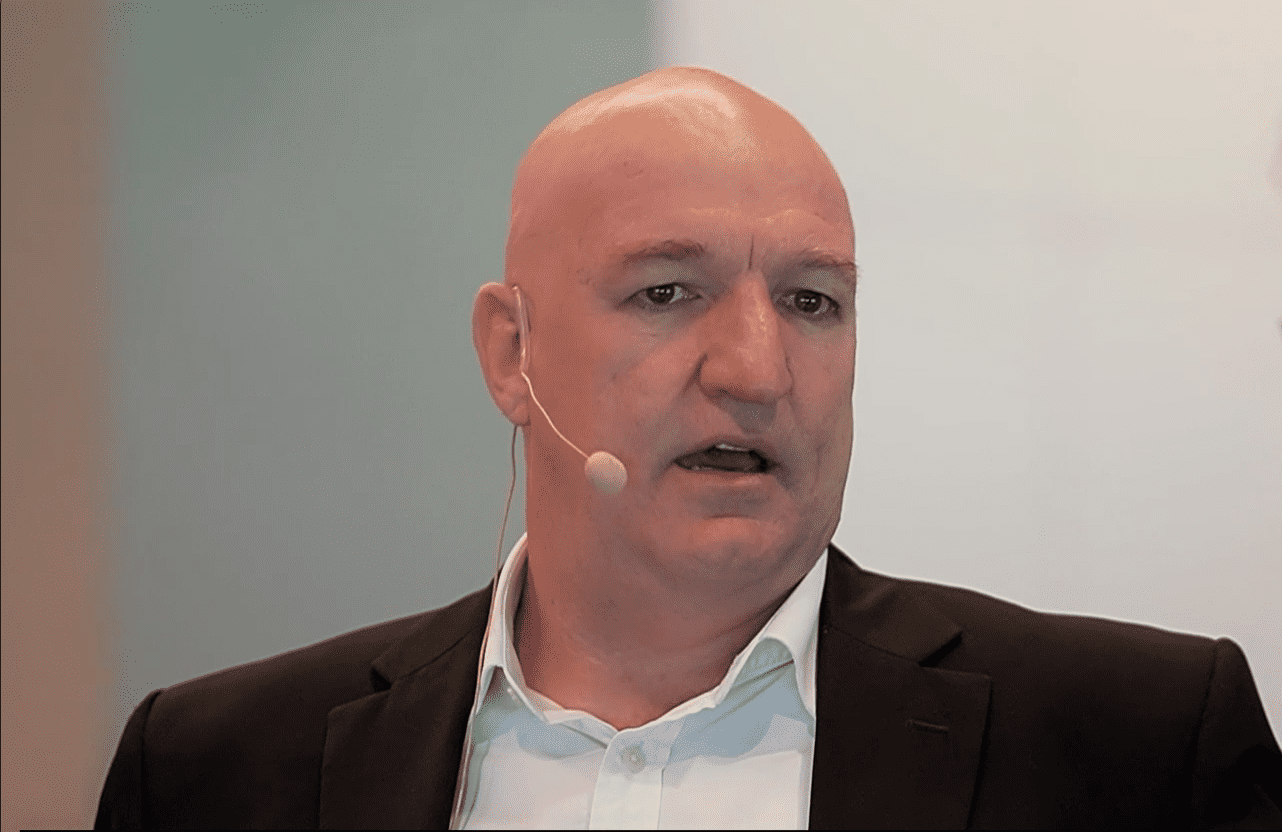Determining the value of a single ASX share is arguably a lot simpler than valuing an entire market, such as the ASX. An index like the S&P/ASX 200 Index (ASX: XJO) has 200 different companies within it. Those all have differing earnings, share prices and valuations.
But it can be done, at least on a broad level. And looking at the results can tell us whether ASX shares are cheap or expensive on a collective basis.
One of the most popular valuation metrics investors like to use in this endeavour is the price-to-earnings (P/E) ratio. This compared the earnings per share (EPS) of a company with its share price, telling us how much investors are willing to pay for each dollar of earnings a company makes. This enables an easy, but not infallible, way of comparing different companies' valuations.
Working out the entire P/E ratio of an index like the ASX 200 is a difficult task and one above the remit of most retail investors like you or me. Fortunately, S & P Global Market Intelligence has done the work for us. And it makes for some interesting reading.
Is the ASX 200 cheap or expensive right now?
According to S & P Market Intelligence, the ASX 200 is trading on its lowest collective price-to-earnings ratio since 2010. As of 27 June, it is estimated that the ASX 200 was sitting on a P/E ratio of 15.15. That is lower than the average for the 2022 calendar year of 16.72.
2021 and 2020 had ratios of 41.24 and 26.92 respectively (although these would have been skewed by the pandemic).
2019 and 2018 are cheaper, with ratios of 18.16 and 17.77. But you'd have to go back to 2012 to find the last time the ASX 200 had a 15 in front of its P/E ratio. And even then, it was 15.49.
2011 had 15.2, which is about as close as it gets to the most recent figure.
So what does this tell us? It tells us that either the prices of ASX 200 shares are at their lowest level in more than a decade, or the collective earnings of the ASX 200 index have slumped. Or it could be a combination of both.
Considering the strength of most ASX blue-chip shares' most recent earnings reports from earlier this year, it's more likely to be the former scenario.
Thus, it could be a good time to stock up on your favourite ASX shares. If the last ten years taught us anything, it's that the ASX 200's P/E ratio doesn't tend to stay in the 15s for long.








